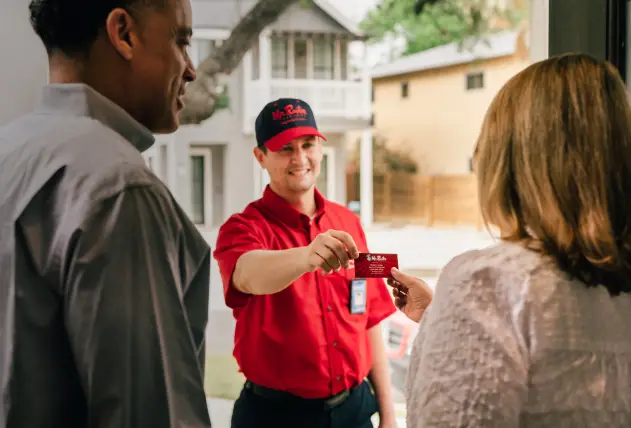We've all been there. You answer the call of nature, but when you go to flush, everything goes wrong. The toilet handle breaks off.
Learn moreOur Blog
Shared Resources for Your Home Needs
All Blogs
Do you have a bad smell coming from your drain? No one wants to smell anything bad coming from their sink drain or their shower drain.
Learn moreIf you have started planning your own basement plumbing renovation, it can be a daunting experience.
Learn moreWant to modernize your home, or perhaps just heighten its property value? At Mr. Rooter Plumbing of Edmonton,
Learn moreBasement flooding being a concern for many Edmonton properties, it’s important to have a sump pump installed to prevent costly damage.
Learn moreYou're in luck because our blog is going to go over the good, bad, and dirty of your basement plumbing.
Learn moreBlog Categories
Let Us Call You
Blog Categories
About Mr Rooter

Since the original Mr. Rooter was founded in 1970, the company has remained committed to a set of core values that are rooted in performing quality work at honest prices. Nearly half a century later, the original Mr. Rooter business is still servicing homes and businesses in North America. We are still independently owned and operated, with strong ties to the community that made it all possible.